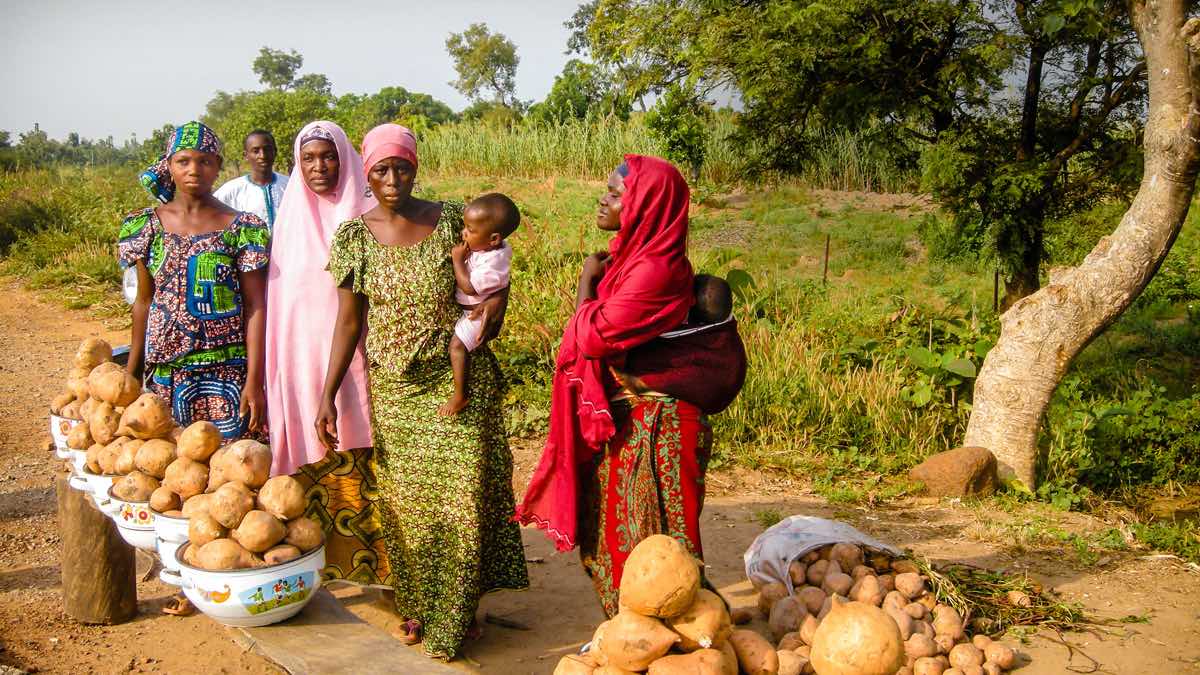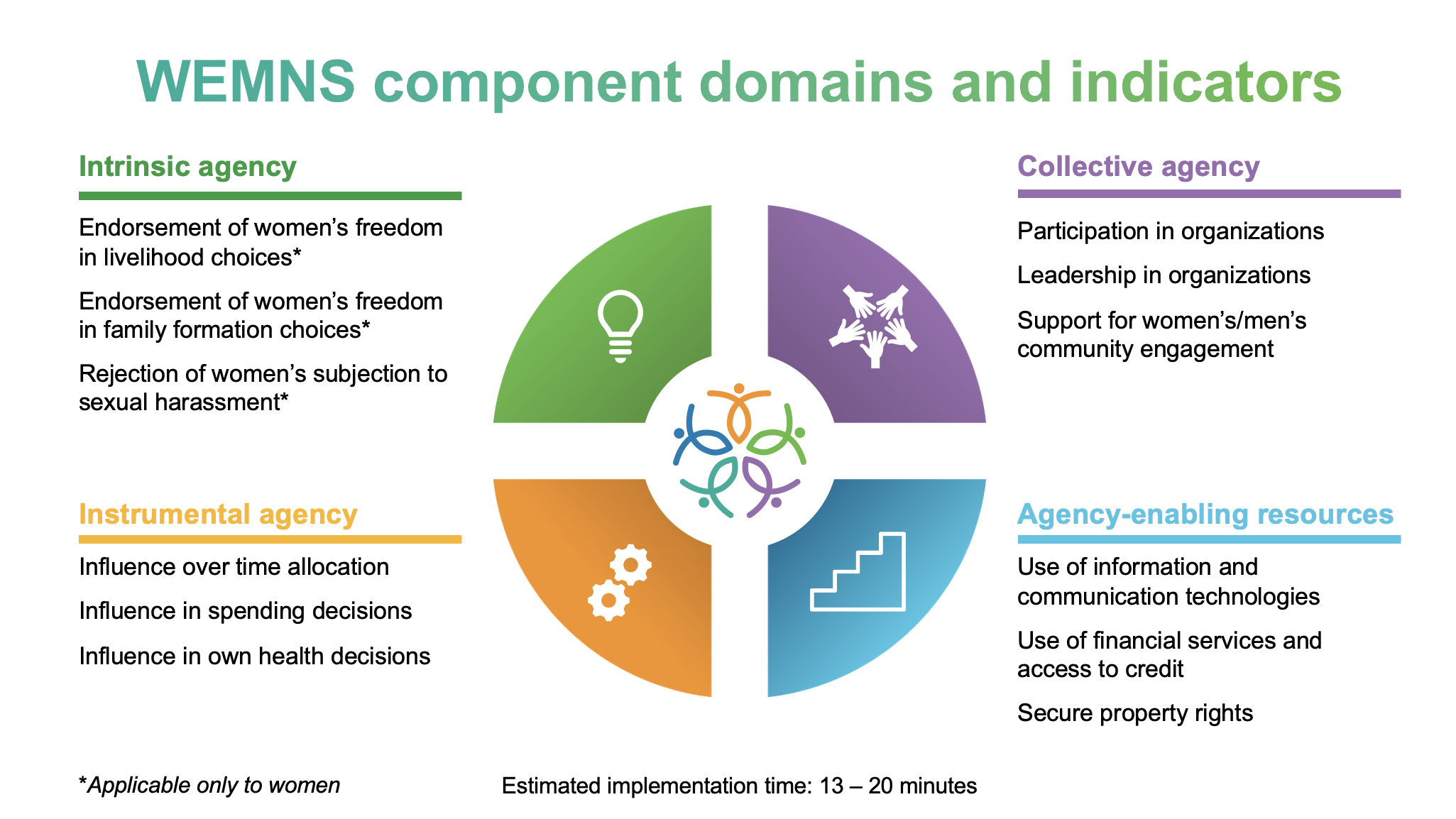As the global economic environment changes, so too will diets and the demand for food. To understand the long-term impact of biofortification, researchers must assess how diets and reliance on staples foods will change in the future under a variety of scenarios.
To do this, IFPRI economists Msangi and colleagues used a global agricultural market model to simulate demands for food and micronutrients into the future. Such methods have the advantage of being able to focus on the food sector and to evaluate different country-specific scenarios over time.
In their working paper (Integrated Economic Modeling of Global and Regional Micronutrient Security) the authors find that despite urbanization and income growth associated with globalization, diets of the rural poor —who are the focus of interventions to reduce micronutrient malnutrition—will continue to be heavily based on staple foods like cereals and tuber crops in many regions. Richer and more urban populations, by contrast, will increase their intake of higher-value proteins, oils, fruits and vegetables more quickly over the next 10-20 years, and enjoy higher intakes of important micronutrients like zinc, iron and vitamin A – and lower incidences of deficiency over time.
Thus, biofortification will remain relevant to decreasing the micronutrient deficiency prevalence among poor rural populations in the years to come, as their incomes will still be far too low to afford a more diversified diet. The paper suggests that biofortification should be targeted to cereal grains in south Asia, and roots and tubers in Sub-Saharan Africa.







